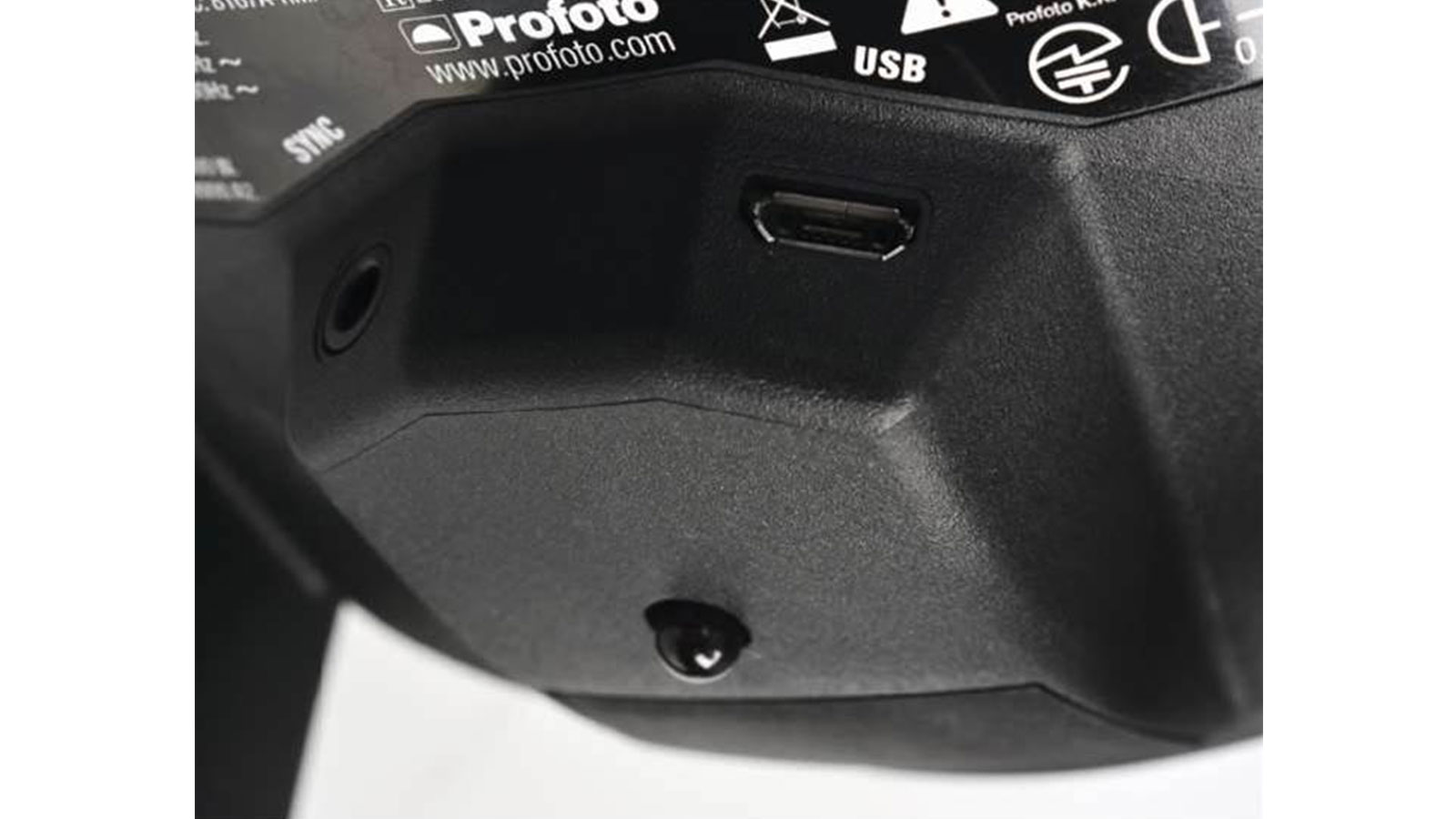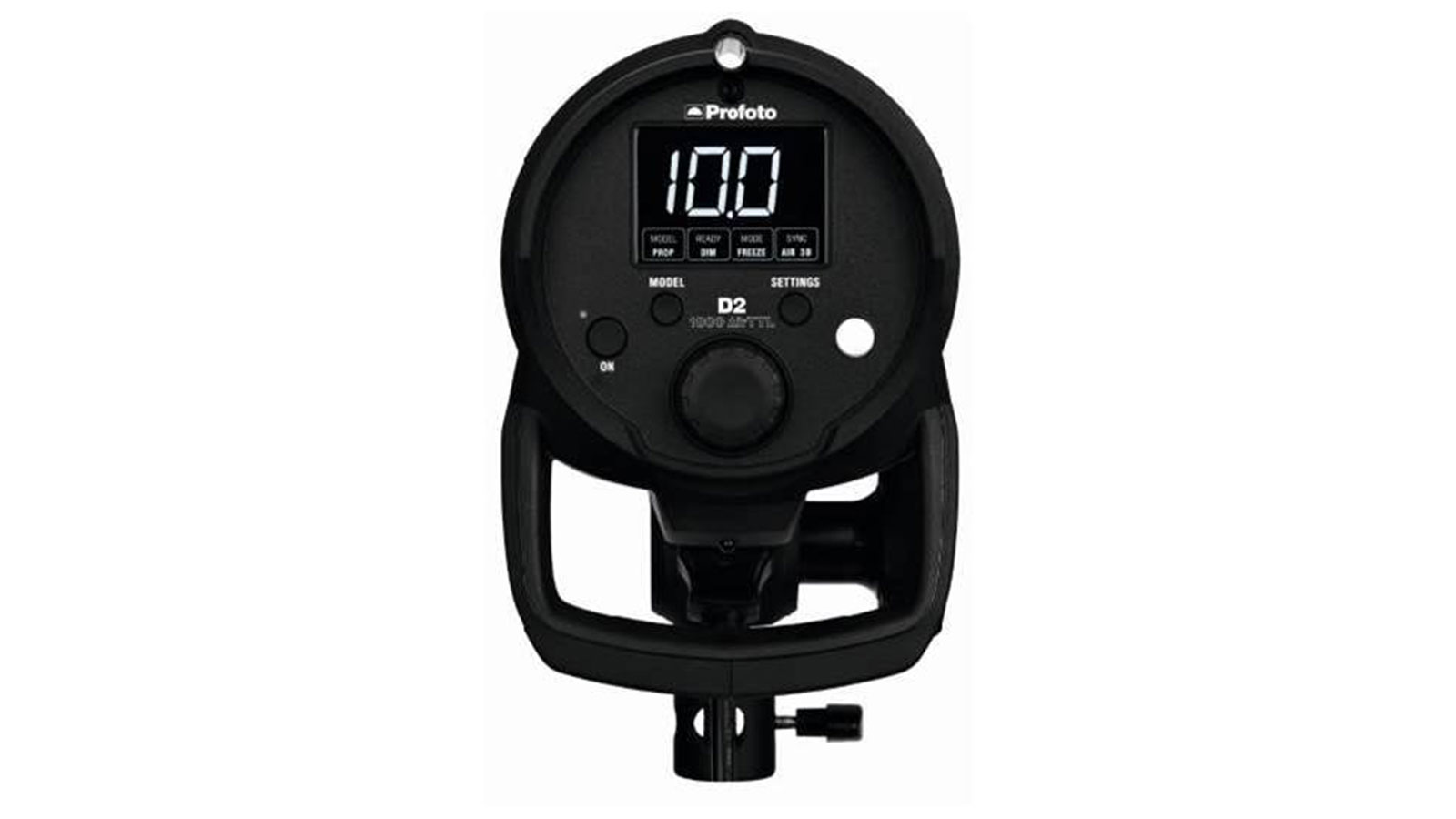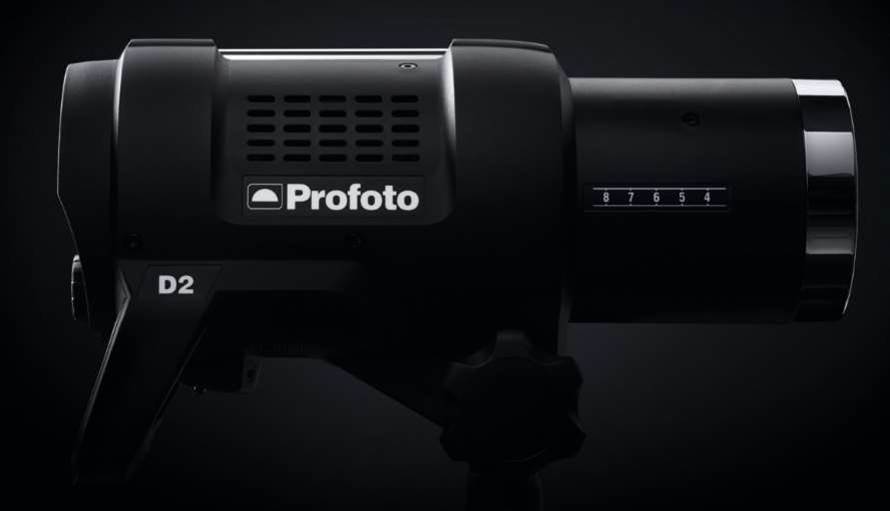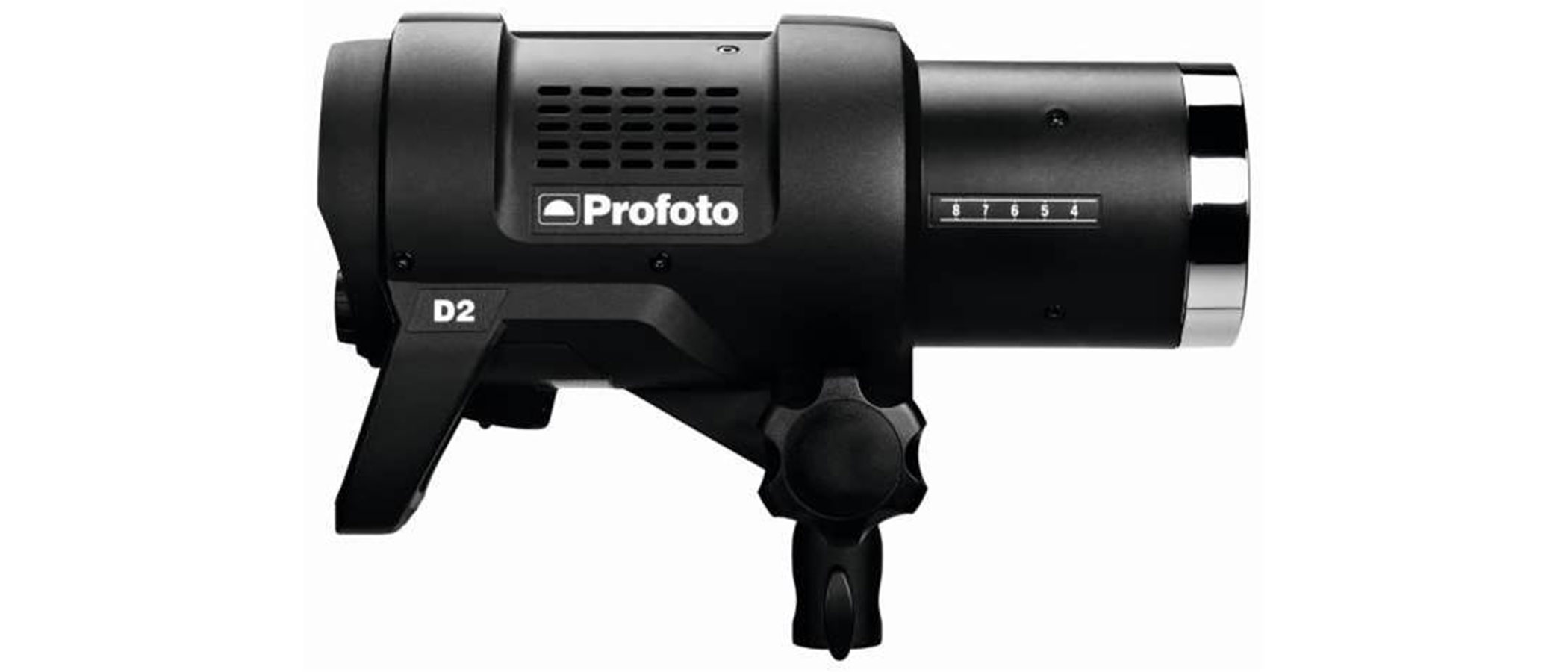Digital Camera World Verdict
Wireless TTL control takes the guesswork out of flash exposures and makes the D2 very easy to use. It’s mains powered only, though, so some photographers will want the flexibility of battery power as well.
Pros
- +
Extensive system of light-shaping accessories
- +
Air-TTL now supports Fujifilm, Sony, Olympus and Panasonic cameras
- +
Compact size for the flash output
Cons
- -
No battery power option
- -
There are cheaper ways to have 500 joules of flash
Why you can trust Digital Camera World
As Profoto continues to expand its family of professional lighting products with TTL auto exposure control, what’s most surprising is that it remains the only brand offering this feature. True, the company now has patents in place to protect its technology, but the bottom line here is very much the bottom… it costs a huge amount to develop TTL control protocols and, so far, nobody else appears willing to make the considerable investment. So perhaps it’s only fair that Profoto reaps the rewards of its commitment with hot-selling products.
Maximum flash power: 500 joules.
Guide Number/f-stop: f32.0 (built-in reflector at one metre and ISO 100).
Variable Power Output: Ten stops, adjusted in 1/10 stop increments.
Flash Duration (t=0.5): 1/2600 second. Up to 1/63,000 second in ‘Freeze’ mode.
Recycling Time: 0.6 seconds to 500 joules.
Modelling Lamp: 300 watts halogen.
Model Lamp Control: Proportional, maximum, free adjustment, off.
Triggering: Sync connector, switchable photo cell, radio frequency.
Both the Profoto B1 and B2 have revolutionised remote-location photography, bringing the convenience of a speedlight to professional-level lighting products… respectively, a monobloc and an ultra-compact dual-outlet power pack. Both the B1 and B2 not only offer the convenience of TTL auto exposure control, but also the flexibility of wider power output ranges… further exploited by the B2’s capacity to run two flash heads with fully asymmetric power distribution.
Now Profoto is taking its TTL technology into the studio with the next generation of D Series flash monoblocs. Of course, you can use the B1 monobloc in the studio too, but it’s exclusively battery-powered and if you have no need for a flash unit that works away from mains power, then recharging is a procedure you don’t need either.
After the B1 arrived, we tended to forget just how revolutionary the D1’s original design was, including the fully integrated reflector (now, of course, also adopted by rival Broncolor). There are a number of conveniences to be had from this design, including faster set-up (no need to attach an add-on dish), the easier fitting of either a reflector brolly or a softbox (no need to first detach an add-on dish), and more convenient handling overall, including when packing the monobloc away. Additionally, the built-in reflector arrangement also minimises stray light and, to some extent, enhances efficiency. As before, the flash head’s diameter enables full compatibility with Profoto’s clamp-fit light shapers and they can be attached anywhere along the front barrel, thereby giving what amounts to a ‘zoom’ adjustment for the light spread. In other words, the further back on the barrel that the reflector, softbox or shaper is fitted, the narrower the light spread will be. As we noted with the D1; simple but very effective.

In sync
There are two D2 models with a maximum flash power output of either 500 or 1000 joules. Both are the same size, but at 3.4 kilos, the more powerful model weighs around 400 grams more mainly due to the extra capacitors.
The heavy-duty GRP casing incorporates a sturdy handle which extends downwards from the rear so it doesn’t get in the way of the control panel. As on the D1, the power cable connection is set into the top of the moulding which forms the light stand mount. This also keeps the power cable well out of the way of the control panel – a common and often irritating design failing – and additionally means it drops pretty well parallel to the stand which just makes for a tidier set-up. Both the stand mount and the large knob which clamps it also look reassuringly durable.
Also as before, the sync cable socket and slave photocell are located on the unit’s base below the control panel, but this being 2016, they’re joined here by a USB port to enable firmware upgrades. Also here is the UHF digital radio receiver for Profoto’s ‘Air’ remote control system, now integrated as standard in both models. The standard Air Remote trigger is non-TTL and simply allows for remote firing of the flash, although it should be noted here that Profoto’s RF system operates at a frequency of 2.4 GHz to give a very short delay (as brief as 375 μs) and a massive range of up to 300 metres. The Air Remote TTL-C allows for TTL automatic flash exposure control via Canon’s current E-TTL II metering system, and also control over various settings, including flash power, modelling lamp operation and switching between first/second curtain sync. It can also be switched to non-TTL operation for radio triggering. The Air Remote TTL-N is compatible with Nikon’s i-TTL flash metering system, but otherwise offers the same operational features as the TTL-C model. The two dedicated controllers also have a USB connection, enabling firmware upgrades to accommodate future D-SLR models. In TTL mode, the wireless range is actually reduced to 100 metres which is still going to be sufficient for most applications. All the Air remote triggers are additional purchases.
Power and speed
Both D2 models have a ten-stop power range, adjustable in either one-tenth stop increments or in full stops. On the 1000-joules unit we tested, this power range allows the output to be wound down to just two joules and here the recycling time of 0.03 seconds allows for quick-fire shooting at up to 20 flashes per second.
Additionally, there’s the choice of Normal or Freeze modes, the latter enabling ultra-short flash durations as brief as 1/63,000 second with the 500-joules model and 1/50,000 second with the 1000-joule version. These are obviously action-stopping speeds, but even more extend into more specialised high-speed photography applications such as perfectly frozen water splashes, bursting balloons or champagne cork pops. Not surprisingly, the D2 monoblocs are equipped with a cooling fan which is intelligently controlled to more effectively manage operating temperatures according to the type of usage. When it’s working hard it’s quite noisy, but this will only happen if you work the D2 extremely hard and, the rest of the time, the fan is actually quite quiet.
The D2 models also have Profoto’s High Speed Sync (HSS) as a standard feature which enables you to shoot with flash at shutter speeds of up to 1/8000 second. Profoto’s HSS allows for speed and power with exposure consistency… normally you can have one or the other, but not both. It’s done by generating an extremely fast series of flash pulses – as opposed to the conventional method of using the long ‘tail’ of the flash output curve – which ensures an even exposure while maintaining both speed and power. This provides a lot more flexibility when mixing flash and ambient light (for example, using wider apertures for shallow depth-of-field in bright sunny conditions)… and, of course, with full TTL exposure control.

Quick set
The D2’s control panel layout is closer to that of the B1 than the D1 which is good because it’s a much cleaner straightforward design that’s been further refined here. Again the main control is a large rotary knob which is used for a variety of operations via turning and pushing. For example, it’s rotated to change the power output while pressing it in switches between the full and one-tenth stop adjustments. It’s also used to navigate the Settings menu, where pressing it in then brings up the various submenus.
Settings is where you select the modelling lamp mode, operating mode (i.e. Normal or Freeze), audible/visual signals, sync method (Air or slave), and assign the channel and group for remote control. The modelling lamp – a conventional QH source – can be set to maximum, proportional control or free adjustment. These settings are subsequently displayed in the D2’s high-resolution LCD display panel along with the power output which is shown in extra-large digits so you can’t actually miss them even from across the studio.
The controls are logical enough to use without resorting to a user’s manual and then allow even more efficient set-up – and subsequent adjustments – once you’ve learned how everything works. It really can’t get much more straightforward than this… and that’s even before you get to the conveniences of TTL auto exposure control… bye bye flashmeter or, for that matter, trial-and-error using the camera’s monitor screen.
As was the case when we tested the B1, you really don’t appreciate just what a difference having TTL exposure control makes until you use it… and then you won’t want to be without it. You can fit softboxes, grids or a brolly and still not have to worry about exposure variations. With the technicalities under control you can concentrate on the all-important creative aspects of the shoot. And, in any situation, if you need to adjust the exposure, simply use the camera’s exposure compensation control. Likewise, if you don’t want your TTL exposures wandering as you change shooting angles, composition or framing, switch the Air Remote TTL controller to manual mode and the desired exposure is then effectively locked in. Alternatively, there’s an operating mode which uses the auto TTL control to establish an exposure, and then allows for manual fine-tuning so all bases are covered.

Verdict
There are probably quite a few B1s being used in studios, but it’s primarily designed for remote location work so they aren’t its natural habitat. This is where the D2 comes in, providing the same degree of convenience and flexibility (in fact, increased flexibility) for shooting in the studio or locations with mains power.
With many photographers adopting a set of speedlights as their contemporary lighting solution, Profoto’s D2 is the more ‘grown up’ alternative in the studio – significantly more power with a much wider output range, and a far greater scope for creative control from an accessory system that now comprises over 120 light shapers of one sort or another. With a pair of D2s you can potentially achieve so much more than when using a gaggle of speedlights, with the added benefits of easier set-up and a much more efficient workflow. And here the price tags are put into perspective too… better results achieved more quickly translates into real savings over the longer term so think of buying a Profoto D2 kit as being more like making an investment than simply a purchase.
Read more
The best photography lighting kits in 2020

